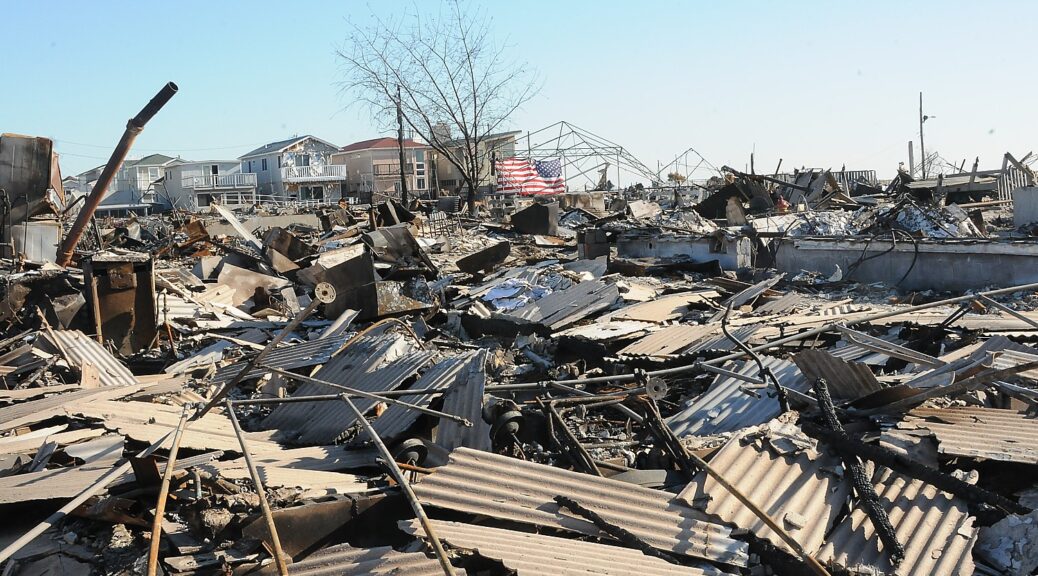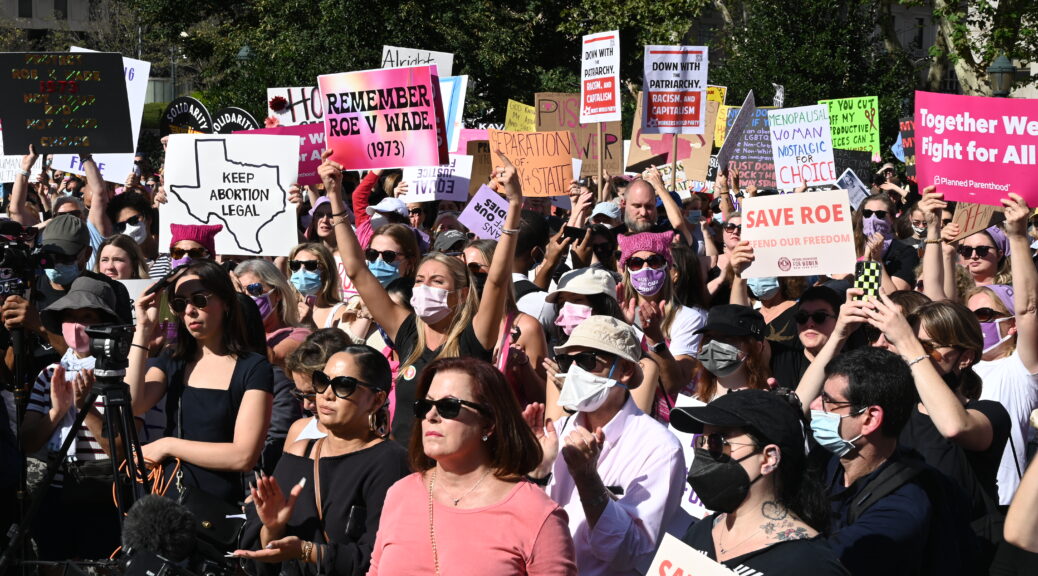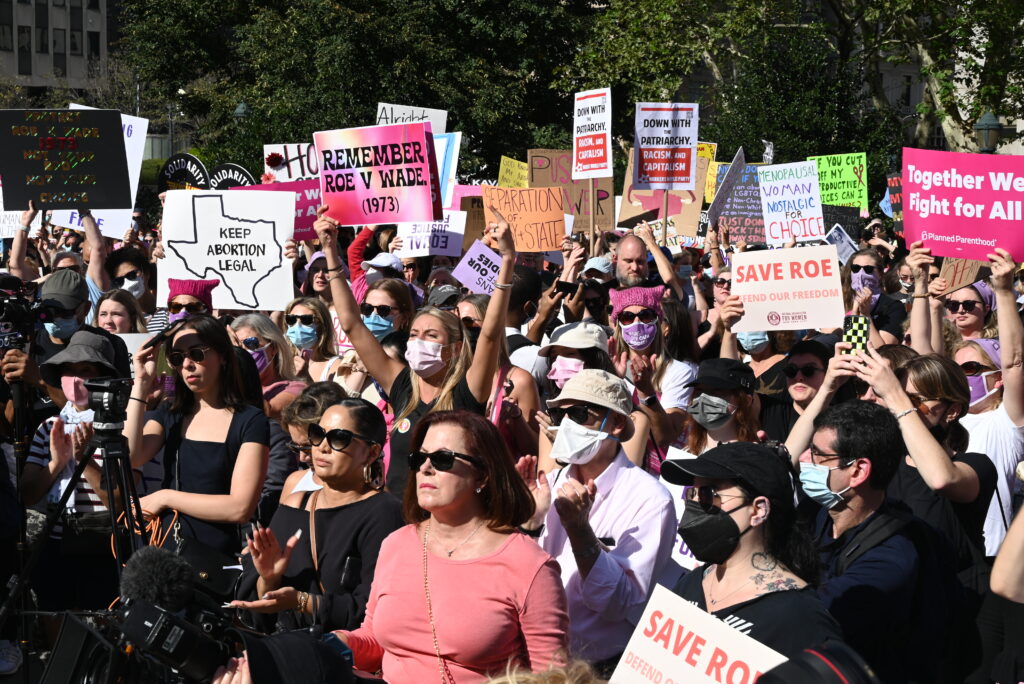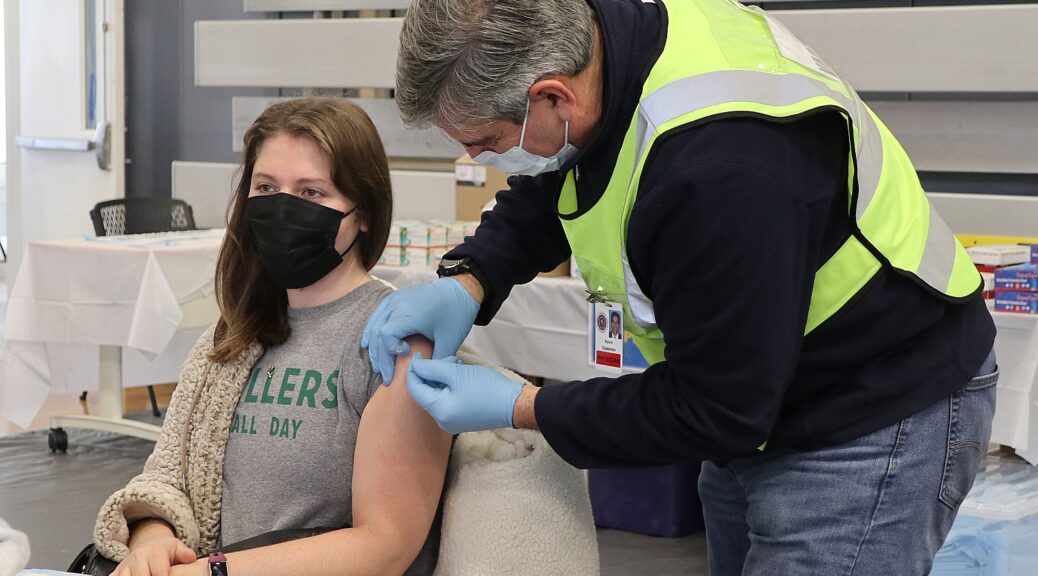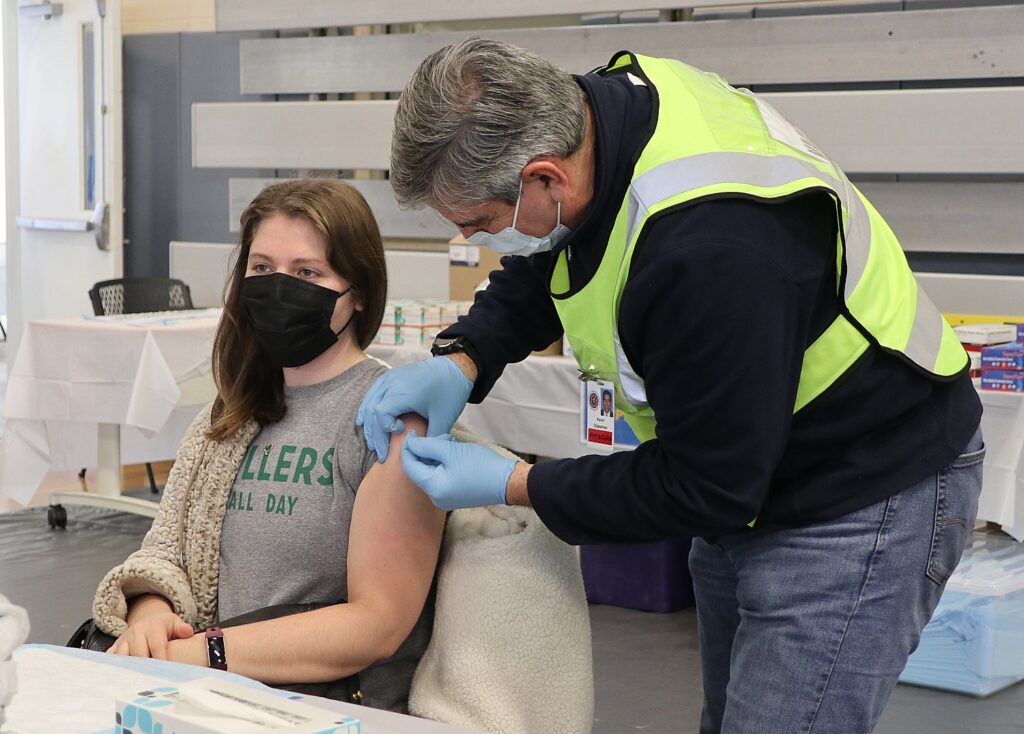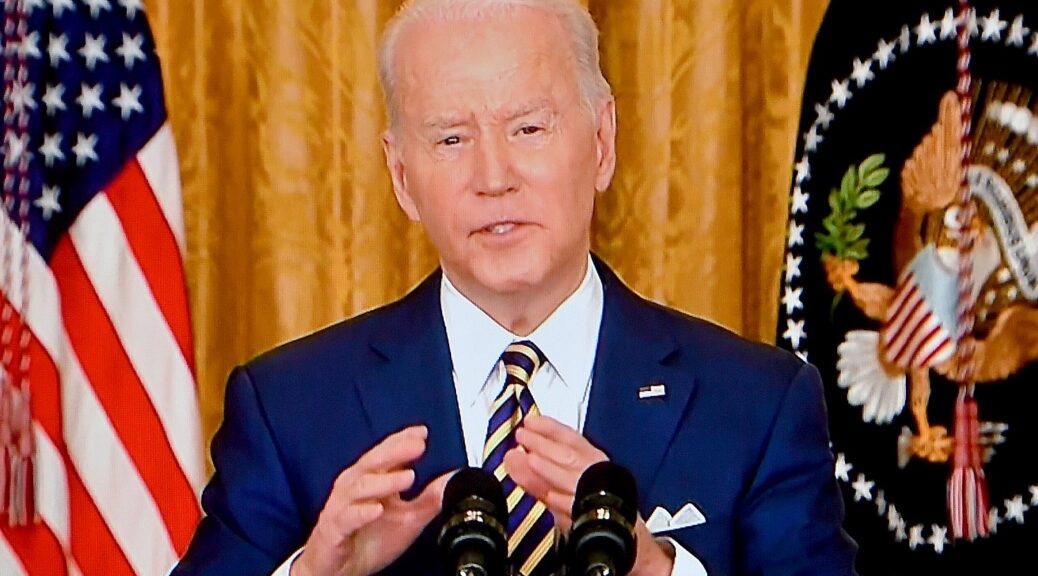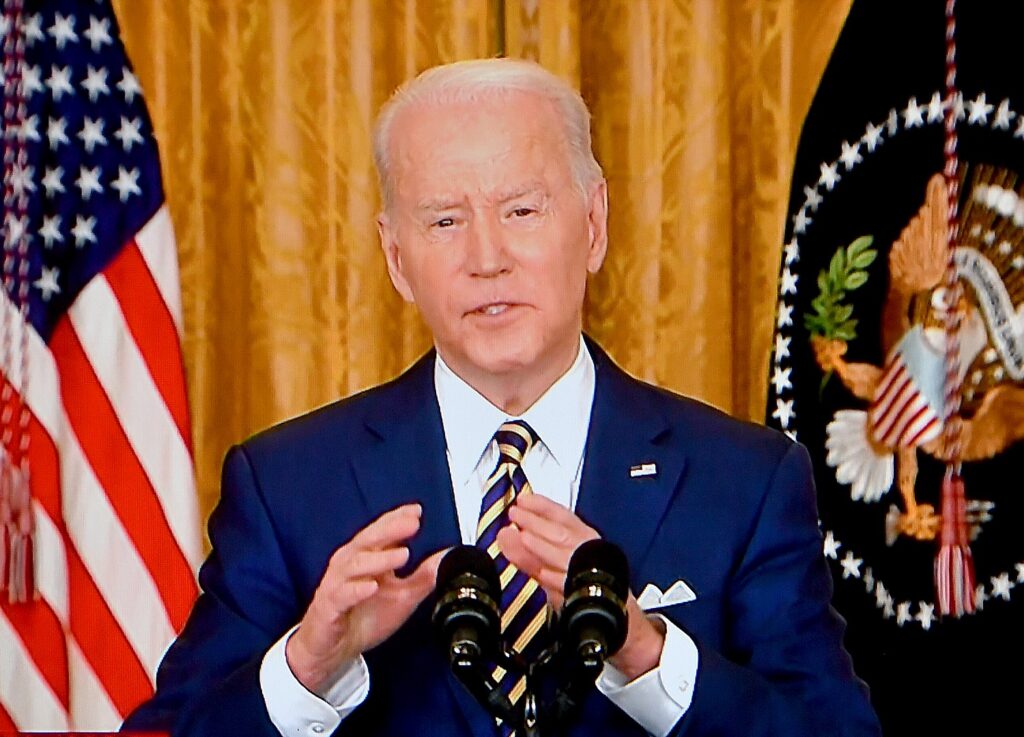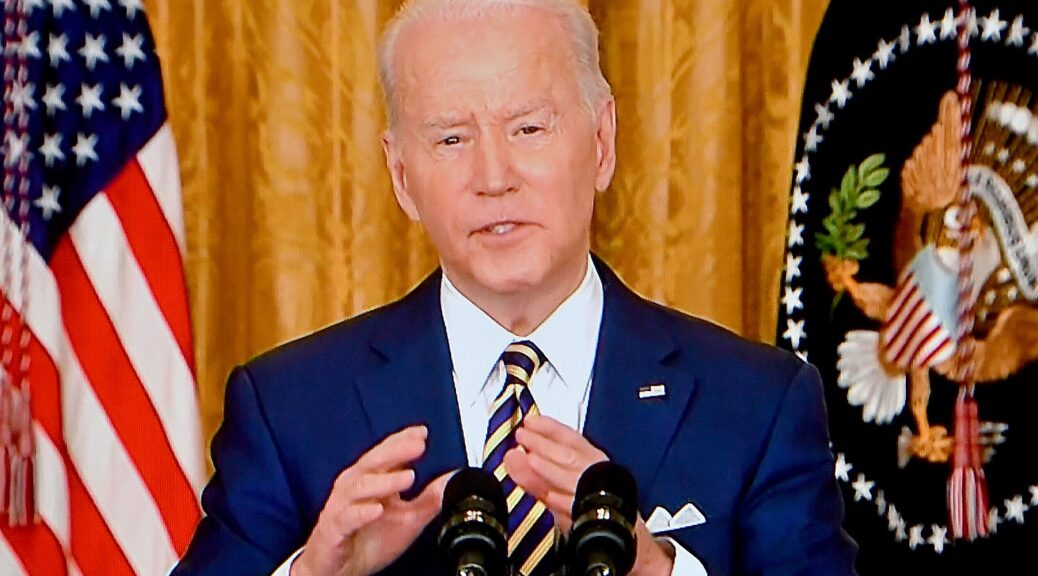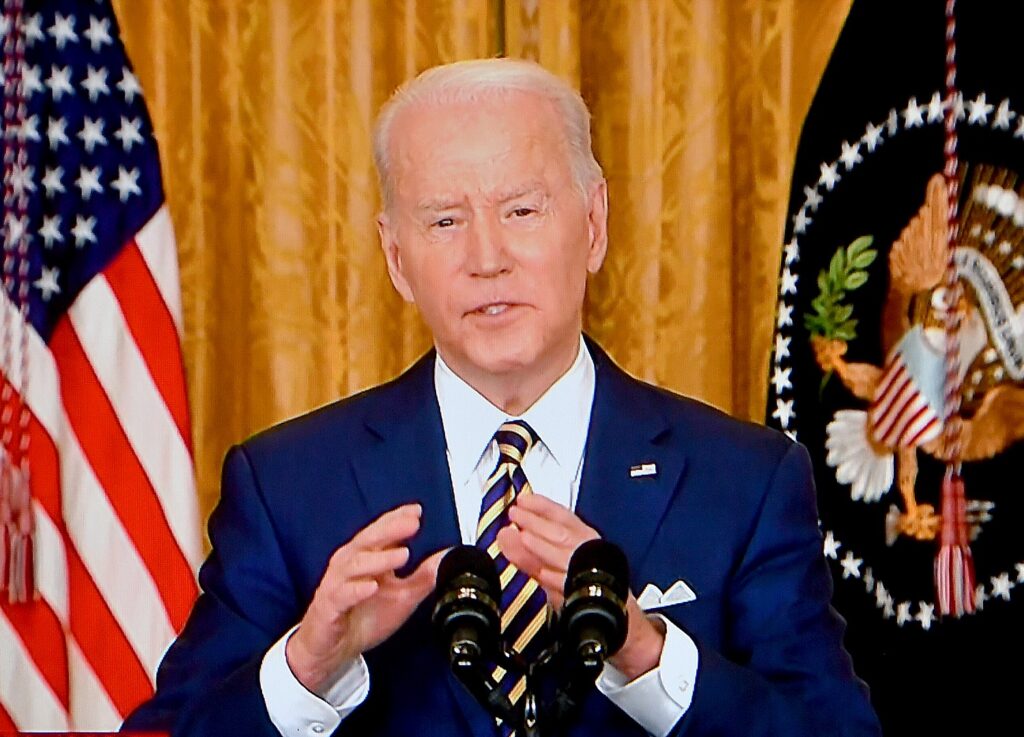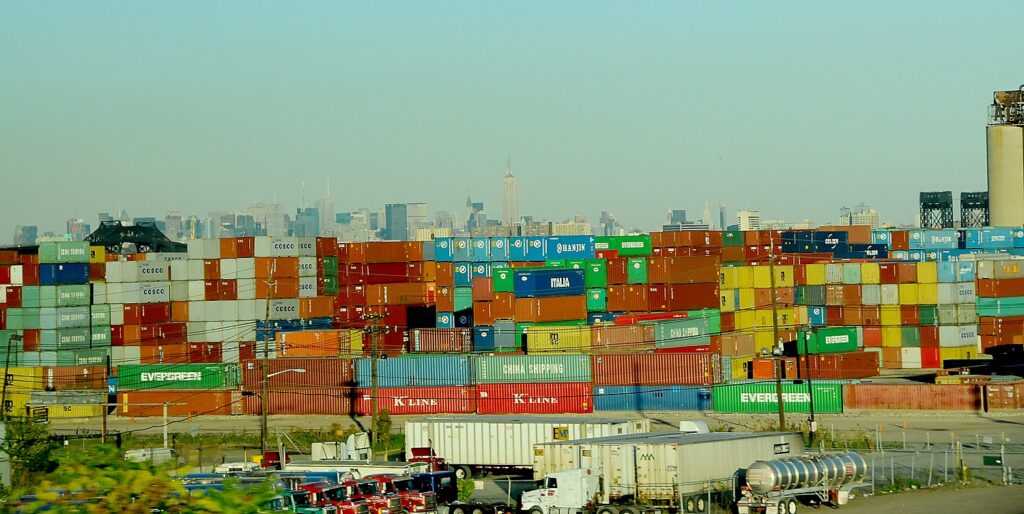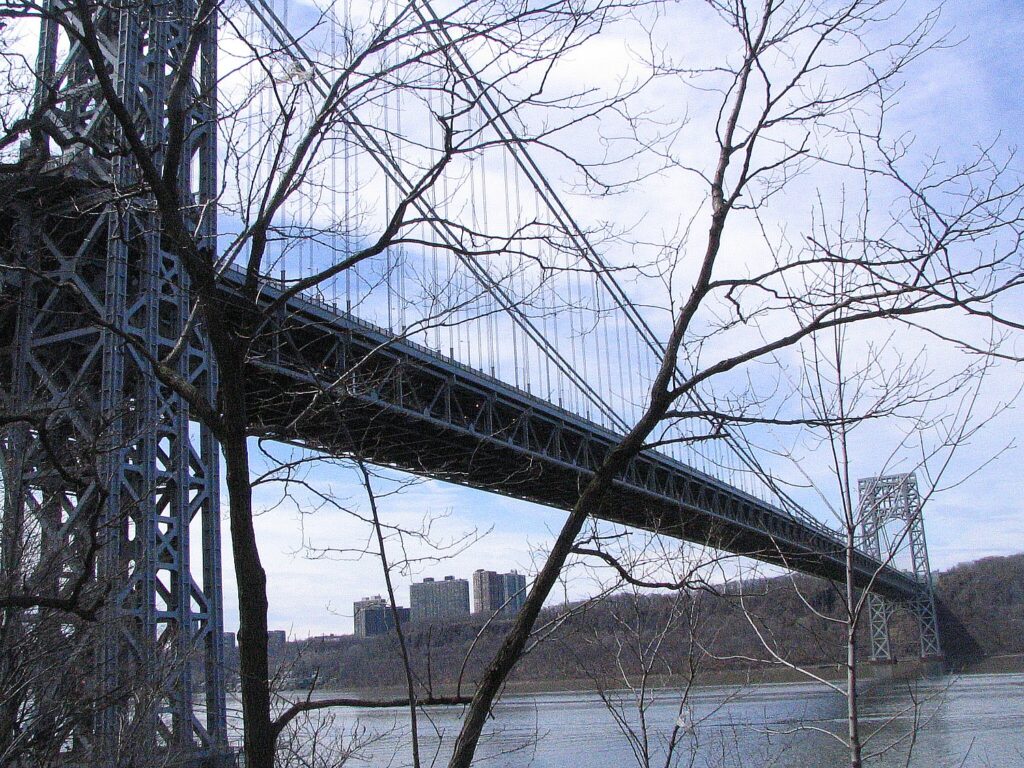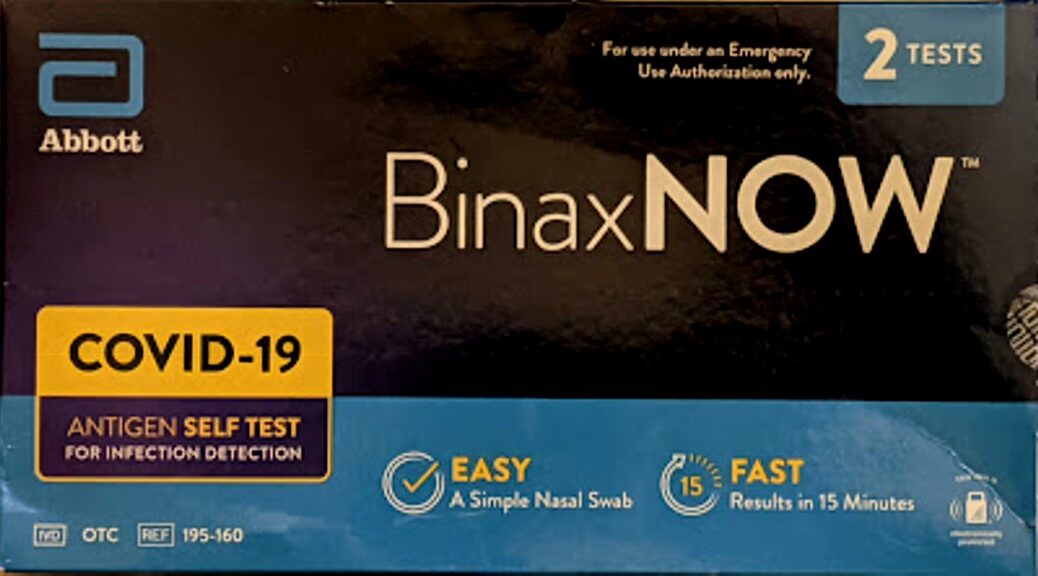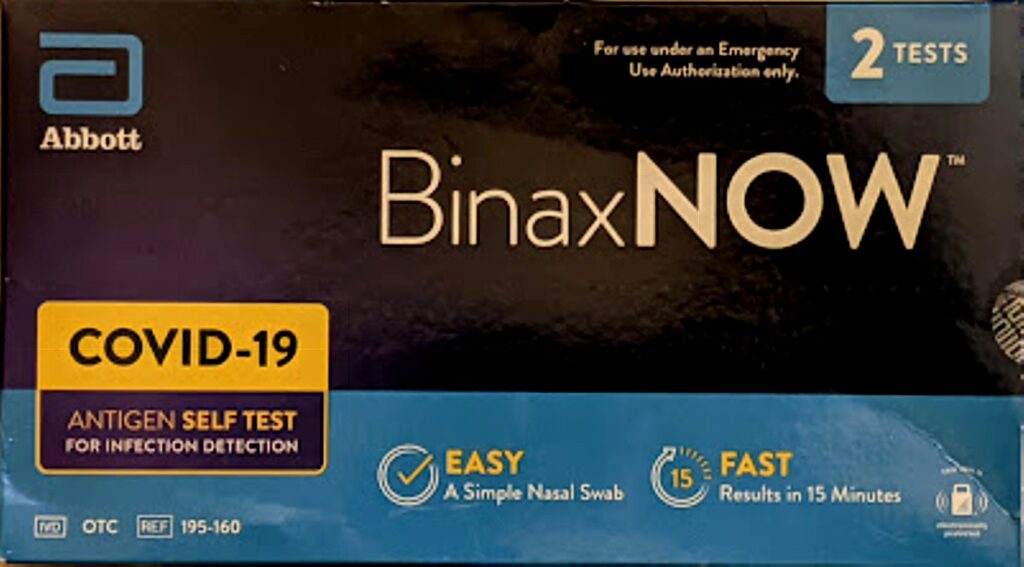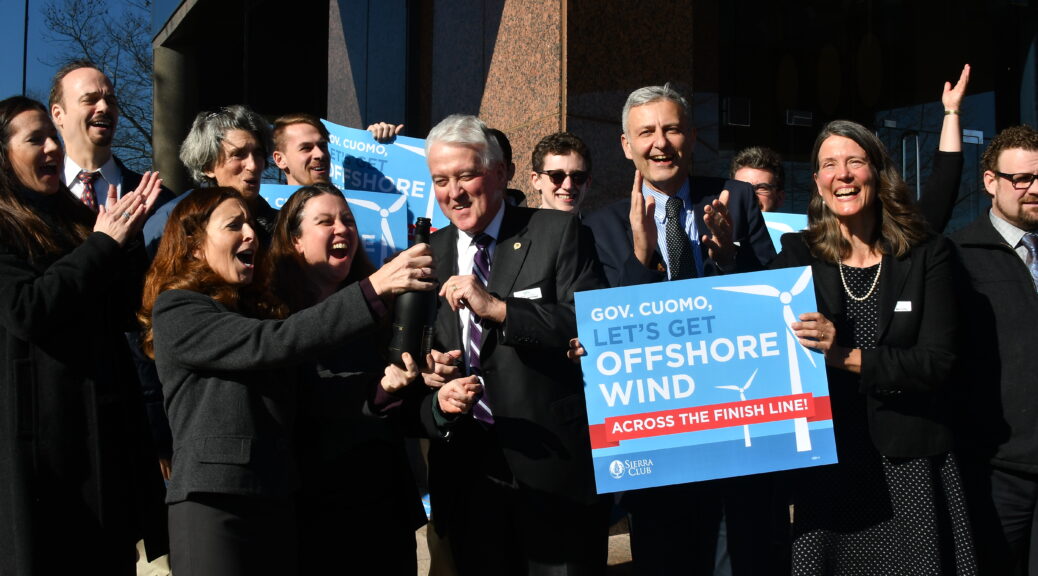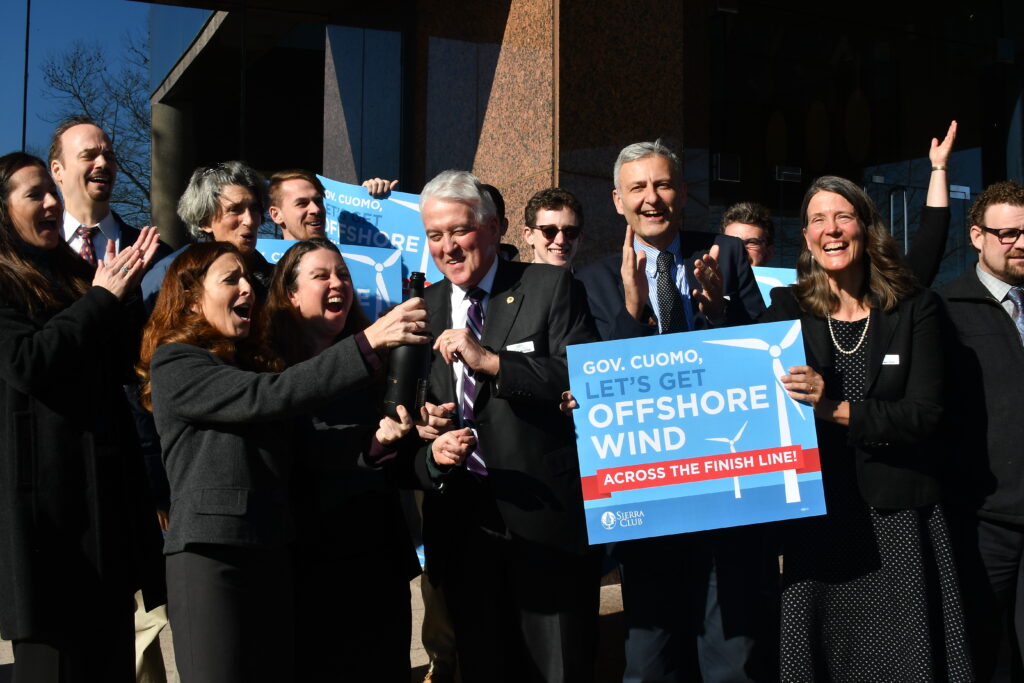White House Marks Year of Progress Since President Biden Activated All of Government to Advance Environmental Justice
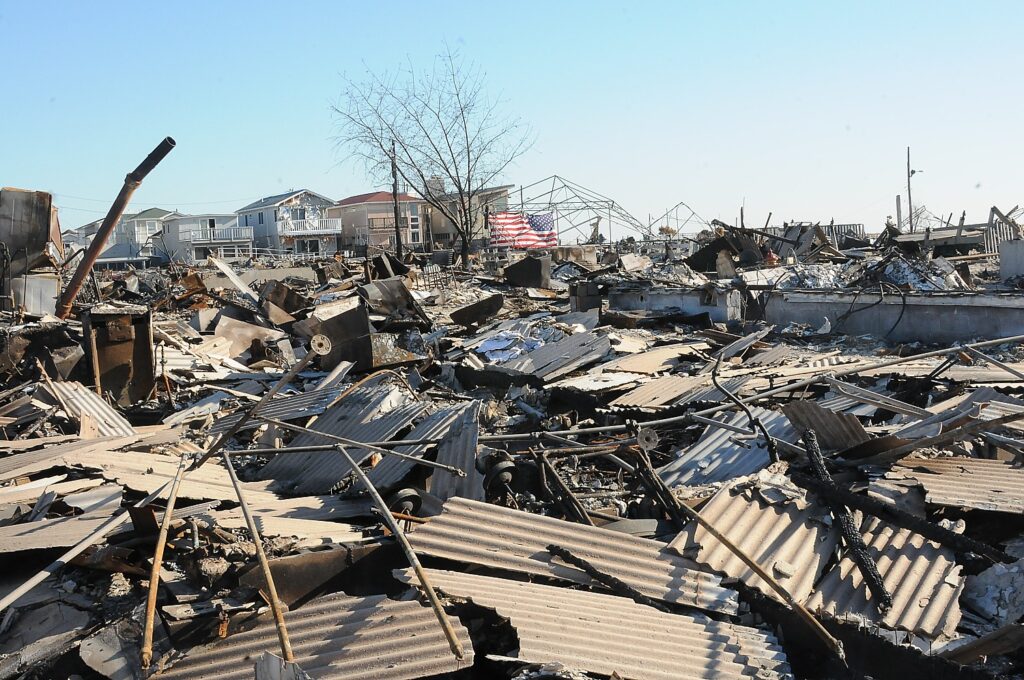
You wouldn’t believe it from the obsessive focus of media – especially right wing media – on griping over inflation in prices over supply chain and increased demand (instead of higher wages and record jobs creation) and the inability to surmount the Republican obstruction over Build Back Better and Voting Rights legislation, but the Biden Administration has chalked up quite a record of progress in major issues, chief among them climate action and environmental justice. Here is a fact sheet from the White House:
Nearly one year ago on January 27, 2021, President Biden signed an Executive Order on Tackling the Climate Crisis at Home and Abroad, laying the foundation for the most ambitious environmental justice agenda ever undertaken by an Administration and putting environmental justice and climate action at the center of the federal government’s work.
The executive order formalized the President and the Vice President’s commitment to ensuring that all federal agencies develop programs, policies, and activities to address the disproportionately high and adverse health, environmental, economic, climate, and other cumulative impacts on communities that are marginalized, underserved, and overburdened by pollution.
Over the past year, senior administration leaders have worked tirelessly to secure historic and long overdue investments in environmental justice, advance science-based regulations that reduce environmental pollution, strengthen enforcement of the nation’s environmental and civil rights laws, and elevate the voices of environmental justice communities in the White House and throughout the Administration.
Mobilizing a Whole-of-Government Approach to Environmental Justice
- Delivering on Justice40. As part of the President’s historic commitment to environmental justice, he created the Justice40 Initiative to ensure that federal agencies deliver 40 percent of the overall benefits of climate, clean energy, affordable and sustainable housing, clean water, and other investments to underserved communities. In total, hundreds of federal programs, representing billions of dollars in annual investment — including programs that were funded or created in the President’s Bipartisan Infrastructure Law — are being reimagined and transformed to maximize benefits to disadvantaged communities through the Justice40 Initiative. An initial cohort of Justice40 pilot programs are already working to maximize the delivery of benefits to disadvantaged communities, and some agencies are creating new programs to maximize the benefits of climate and clean energy programs directed to disadvantaged communities, such as the Communities LEAP (Local Energy Action Program) Pilot, the Inclusive Energy Innovation Prize, and the Energy Storage for Social Equity Initiative. An annual Federal environmental justice scorecard, the first of which will be published this year, will report on agencies’ progress in the implementation of the Justice40 Initiative and other key environmental justice priorities and commitments.
- Building a Climate and Economic Justice Screening Tool. This screening tool, which will be continuously updated and refined based on public feedback and research, will improve the consistency across the federal government of how agencies implement programs and initiatives that are intended to benefit underserved communities. A beta version of the Climate and Economic Justice Screening Tool will be released for public review and comment early this year.
- Establishing the First-Ever White House Environmental Justice Advisory Council. This advisory body – which brings together national environmental justice leaders from across the country – ensures that the voices of overburdened and underserved communities are heard in the White House and reflected in the policies and investments of federal agencies. This body has provided extensive recommendations that are informing the implementation of the Justice40 Initiative, the development of the Climate and Economic Justice Screening Tool, and other policies and programs across the Administration.
- Renewing Focus on Environmental Equity and Justice across the Federal Government. Agencies, including the Environmental Protection Agency (EPA), the Department of Energy (DOE), the Department of the Interior (DOI), the Department of Labor, the General Services Administration, the Department of Health and Human Services (HHS), U.S. Department of Agriculture (USDA), and the Department of Transportation (DOT) have launched new or strengthened equity and justice offices, task forces, strategies and policies. USDA, for example, is standing up an independent Equity Commission to examine USDA programs to identify and make recommendations for how USDA can reduce barriers to access and advance equity. The Commission will also ensure accountability within and empower stakeholders in underserved communities outside of USDA to take fuller advantage of the department’s programs and services. To coordinate, lead, and elevate environmental justice policy and implementation across the government, the Administration has also established the White House Environmental Interagency Council led by Council on Environmental Quality Chair Brenda Mallory.
Protecting Communities from Toxic Pollution
- Advancing an Ambitious Regulatory Agenda. Over the last year, the Biden-Harris Administration has taken more than 200 actions to repair the damage caused by the prior Administration’s rollbacks and implemented an ambitious regulatory agenda to address environmental justice. From revoking usage of chlorpyrifos, a pesticide that has negative health impacts on farmworkers and children, to taking action on per- and polyfluoroalkyl substances (PFAS), a dangerous “forever chemical” linked to certain cancers, weakened immunity, thyroid disease, and other health effects – this Administration has prioritized rulemakings that protect the health and well-being of vulnerable communities. The President’s Task Force on Environmental Health Risks and Safety Risks to Children is also leading and coordinating cross-agency work to reduce pollution burdens and exposures, including lead exposure and asthma disparities in children of color.
- Strengthening Enforcement of Environmental Laws. The Biden-Harris Administration has taken steps to enhance civil and criminal enforcement of environmental violations in communities overburdened by pollution. The EPA, for example, has taken steps to initiate early and expedited cleanup actions, deliver case outcomes that bring tangible benefits to overburdened communities, provide more robust monitoring and transparency tools, and bolster community engagement. The President’s Fiscal Year 2022 budget request for the Department of Justice includes $5.0 million in increased funding for the Environment and Natural Resources Division to expand its use of existing authorities in affirmative cases to advance environmental justice and to reduce greenhouse gas emissions and address the impacts of climate change and to continue defensive and other work related to climate change.
- Journey to Justice Tour. In November 2021, EPA Administrator Michael Regan embarked on a “Journey to Justice” tour, traveling to Mississippi, Louisiana, and Texas to spotlight longstanding environmental justice concerns in historically overburdened communities and to hear firsthand from residents dealing with the impacts of pollution. Today, EPA is announcing a series of concrete actions to respond to the communities’ concerns, including more community air pollution monitoring, fenceline monitoring, inspections, and funding commitments.
- Addressing Legacy Pollution. The President’s Bipartisan Infrastructure Law delivers the largest investment in tackling legacy pollution in American history. The law will invest $21 billion to clean up Superfund and brownfield sites, reclaim abandoned mine lands, and cap orphaned oil and gas wells that are sources of blight and pollution. These investments are happening now. EPA recently announced a historic $1 billion investment from the Bipartisan Infrastructure Law to initiate cleanup at 49 previously unfunded Superfund sites and accelerate cleanup at dozens of other sites across the country. Approximately 60 percent of the sites to receive funding for new cleanup projects are in historically underserved communities.
Recognizing that millions of Americans live within a mile of one of the tens of thousands of abandoned mines and oil and gas wells across the country, DOI is working to speed the deployment of initial grants from the law’s $16 billion in funding for mine and well clean-ups. DOI recently released initial guidance for states interested in applying for Federal grants that will fund the proper cleanup of orphaned oil and gas wells and well sites, with 26 states responding to express their intent to apply for formula grant funding.
- Investing in Clean Drinking Water. The President’s Bipartisan Infrastructure Law will expand access to clean drinking water to all American families, eliminate the nation’s lead service lines, and help to clean up dangerous PFAS chemicals. Specifically, the law will invest $55 billion to expand access to clean drinking water and wastewater infrastructure for households, businesses, schools, and child care centers all across the country, including in Tribal Nations and rural disadvantaged communities that need it most. These investments will be guided by the Biden-Harris Administration’s Lead Pipe and Paint Action Plan, a historic and ambitious effort to deploy catalytic resources from the Bipartisan Infrastructure Law while leveraging every tool across Federal, state, and local government to deliver clean drinking water, replace lead pipes, and remediate lead paint. The plan includes over 15 new actions from more than 10 Federal agencies to ensure the Federal government is marshalling every resource and making rapid progress towards replacing all lead pipes in the next decade. The White House also has developed a whole-of government research plan on contaminants of emerging concern in drinking water that will support safe drinking water advisories, standards, and mitigation efforts that protect public health.
- Improving Air Quality. The Biden-Harris Administration has taken decisive action to improve air quality – especially in disadvantaged communities. EPA has initiated rulemakings to reduce harmful air pollutants from heavy-duty trucks that heavily impact low-income communities and communities of color. EPA has also targeted leaded fuel used in small planes, which contributes to air pollution and accounts for 70 percent of lead borne emissions. In December 2021, EPA’s Office of Air and Radiation launched a $20 million grant competition that calls for proposals to conduct air pollution monitoring in communities experiencing disparities in health outcomes. The National Highway Traffic Safety Administration, on behalf of DOT, is proposing revised fuel economy standards for passenger cars and light trucks for model years 2024-2026; DOT estimates that this would increase the average fleet’s fuel efficiency by 12 miles per gallon by model year 2026. In addition, the Bipartisan Infrastructure Law invests $17 billion in modernizing ports and waterways, including funds that will support electrification of port infrastructure and provides the investment needed to deliver thousands of clean school buses to help reduce harmful environmental impacts on communities on the fence line of industry and transportation corridors. The law also provides a $5 billion investment in electric vehicles that will support the deployment of an equitable nationwide network of 500,000 electric vehicle chargers.
Strengthening Resilience to Extreme Weather and Climate Change
- Investing in Community Resilience. The President’s Bipartisan Infrastructure Law is the largest investment in the resilience of physical and natural infrastructure in American history. The law invests over $50 billion to make communities safer and infrastructure more resilient to the impacts of climate change – droughts, heat waves, wildfires and floods – which disproportionately impact communities of color. These investments have already begun flowing to resilience projects in underserved and overburdened communities, including a $163 million investment to restore the Cano Martin Pena urban tidal channel and surrounding areas of the San Juan Bay National Estuary – an urban waterway project that will significantly improve the health and welfare of the surrounding communities in San Juan. In the coming year, the Army Corps will also engage with environmental justice communities in the development of a strategy to allocate $130 million for two pilot programs that target the needs of economically-disadvantaged communities.
- Building a Coordinated Federal Response to Climate Impacts. To address the multi-faceted nature of climate change and its impact on frontline communities, the Biden-Harris Administration launched five cabinet secretary level Resilience Interagency Working Groups under the National Climate Task Force focused on coastal resilience, drought, extreme heat, flood, and wildfire. These Working Groups are tasked with recommending and coordinating actions, programs, and resources to mitigate climate impacts and subsequent recovery challenges that are often felt most heavily by underserved and overburdened communities. For example, the Extreme Heat Working Group was responsible for launching a coordinated, interagency effort to address extreme heat – including the first-ever employer mandates on heat risk – to respond to extreme heat that threatens the lives and livelihoods of Americans, especially frontline and essential workers, pregnant workers, children, seniors, economically disadvantaged groups and those with underlying health conditions.
- Advancing Equitable Outcomes for Disaster Survivors. Pursuant to Executive Order 13985, Advancing Racial Equity and Support for Underserved Communities through the Federal Government, the Federal Emergency Management Agency (FEMA) evaluated the equity of its programs and processes to reduce barriers to access experienced by underserved populations through programs that provide individual assistance to disaster survivors. Based on this review, FEMA has begun to amend its policies to provide greater flexibility and increase access to assistance for disaster survivors. The policy changes that FEMA is implementing include: expanding the types of documentation that homeowners and renters can use to prove ownership or occupancy; expanding financial assistance for home cleaning and sanitizing as well as for disaster-caused disability; and changing how the threshold for property losses are calculated to qualify for direct housing assistance, which helps ensure that damage evaluations are done in an equitable manner regardless of the size of the damaged home. As of mid-January 2021, these changes have resulted in the delivery of more than $120 million in financial assistance for mold remediation; $22 million for the cleaning and sanitization of homes; and more than 100,000 survivors receiving home repair and rental assistance as a result of expanded ownership and occupancy documentation requirements.
- Bolstering Tribal Community Resilience. The President’s Bipartisan Infrastructure Law makes historic investments in Indigenous communities’ efforts to tackle the climate crisis and boost the resilience of physical and natural systems. Enabled by the Bipartisan Infrastructure Law, the Administration recently committed $40 million to the Espanola Valley, Rio Grande and Tributaries, New Mexico to restore and protect 958 acres of aquatic and riparian habitats that are an integral part of constructing social identity and transmission and retention of traditional knowledge for both the Pueblo of Santa Clara and Ohkay Owingeh. As part of this broader commitment to Tribal community resilience, DOI also recently awarded nearly $14 million to dozens of American Indian and Alaska Native Tribal Nations and organizations to support their climate adaptation planning, ocean and coastal management planning, capacity building, and relocation, managed retreat, and protect-in-place planning for climate risks. The National Oceanic and Atmospheric Administration (NOAA) has invited Tribal leaders to consult on the agency’s implementation of its Bipartisan Infrastructure Law funding, including $400 million to enhance fish passage (of which up to 15 percent will go directly to Tribes), $492 million to improve and restore natural infrastructure through the National Coastal Resilience Fund, and $172 million to support recovery of Pacific coastal salmon. Further, the President’s Fiscal Year 2022 Budget includes an increase of more than $450 million to facilitate climate mitigation, resilience, adaptation, and environmental justice projects in Indian Country. This includes investments to begin the process of transitioning Tribal colleges to renewable energy through DOE, and a new Indian Land Consolidation Program through DOI that will enhance the ability of Tribal Nations to plan for and adapt to climate change and promote economic development on lands restored to Tribal ownership.
- Empowering Communities with Actionable Climate Data. The Biden-Harris Administration launched a whole-of-government initiative to deliver accessible and actionable information to individuals and communities that are being hit by flooding, drought, wildfires, extreme heat, coastal erosion, and other intensifying climate impacts. This effort is designed to put authoritative and useful information into the hands of more Americans—from broadcast meteorologists sharing climate information with communities, to farmers checking drought outlooks, to businesses planning for extreme weather, to families making decisions about their homes and neighborhoods. By continuing to strengthen partnerships with community stakeholders, state, local, Tribal, and territorial governments, and businesses, the Biden-Harris Administration will ensure that Federal information services respond to evolving needs, particularly those of disadvantaged communities.
Delivering Clean, Affordable Energy
- Lowering Energy Burdens. The Biden-Harris Administration has provided $8.2 billion in Low Income Home Energy Assistance Program (LIHEAP) funds to States, Territories, Tribes, and Tribal Organizations, including $4.5 billion from the American Rescue Plan Act (ARP). Combined, these funds more than doubled the typical annual appropriations—the largest increase in the program’s history—to assist low-income households with meeting their home energy needs. HHS followed this with guidance providing flexible options for states, territories, Tribes, and Tribal organizations to adjust their LIHEAP programs to address extreme heat. The Bipartisan Infrastructure Law doubles down on the Administration’s commitment to lowering energy burdens by investing: an additional $500 million in LIHEAP, which will prioritize eligible households with young children, the elderly, and people with disabilities; and a historic $3.5 billion in the Weatherization Assistance Program, reducing energy costs for more than 700,000 low-income households by increasing the energy efficiency of their homes, while ensuring health and safety and creating jobs.
- Increasing Access to Clean Energy. The Biden-Harris Administration has prioritized the deployment of distributed and community scale energy resources in the underserved and overburdened communities that need them most. The Department of Agriculture launched the Rural Energy Pilot Program with $10 million in available grants for rural communities that are particularly underserved to deploy community-scale clean energy technologies, innovations, and solutions. DOE launched the Solar Automated Permit Processing (SolarAPP+) tool, an online platform that enables jurisdictions to rapidly approve residential solar installation permits. EPA launched new residential sector partnerships to accelerate efficiency and electrification retrofits with a focus on underserved residential households through its ENERGY STAR Home Upgrade Program. To coordinate these interagency actions, the Biden-Harris Administration launched a Distributed Energy Resources Working Group under the National Climate Task Force focused specifically on accelerating deployment of distributed energy resources in disadvantaged communities.
- Modernizing the Grid. FEMA and the Department of Housing and Urban Development (HUD) are working collaboratively with the government of Puerto Rico to administer over $12 billion of Federal recovery funds earmarked for rebuilding and improving Puerto Rico’s grid. These funds are being used to minimize greenhouse gas emissions and support initiatives in Puerto Rico that focus on mitigation, adaptation, and resilience. DOE and FEMA have also launched a comprehensive study to evaluate pathways to meeting Puerto Rico’s 100 percent renewable energy targets in a way that achieves both short-term recovery goals and long-term energy resilience. The study, titled PR100, will be grounded in a commitment to environmental and energy justice and informed by extensive engagement with Puerto Rico stakeholders to reflect the island’s diverse priorities.
Enabling Equitable and Sustainable Communities
- Increasing Affordable Transportation Options. The President’s Bipartisan Infrastructure Law expands access to public transit and makes the largest investment in passenger rail since the creation of Amtrak – a major investment in transit equity. The law will invest $66 billion to provide healthy, sustainable transportation options for millions of Americans by modernizing and expanding rail networks across the country. The law also provides $1.2 billion annually through the Safe Streets and Roads for All program to fund Vision Zero plans and construct projects that will prevent transportation-related fatalities and serious injuries, which disproportionately impact rural communities and communities of color. To ensure these funds facilitate equitable outcomes, DOT has solicited input from stakeholders on the data and assessment tools available to assess transportation equity. The Bipartisan Infrastructure Law also includes investments for a new program that will reconnect neighborhoods cut off by historic transportation investments and ensure new projects increase opportunity, advance racial equity and environmental justice, and promote affordable access. DOT also requested $110 million in its Fiscal Year 22 budget to create a new Thriving Communities program that would establish a new office to support communities with eliminating persistent transportation barriers and increasing access to jobs, school, and businesses.
- Tackling Segregation, Discrimination, and Exclusion. The Biden-Harris Administration has restored the implementation of the “Affirmatively Furthering Fair Housing” requirement, which requires HUD and its funding recipients, such as local communities, to take affirmative steps to remedy fair housing issues such as racially segregated neighborhoods, lack of housing choice, and unequal access to housing-related opportunities. HUD anticipates issuing a proposed rule that would help recipients of HUD funding identify needs and take meaningful actions to overcome patterns of residential segregation. To increase access to affordable housing, DOT’s Federal Transit Administration (FTA) announced the availability of approximately $10 million in competitive grant funds for FTA’s Pilot Program for Transit-Oriented Development Planning. The funds will support comprehensive planning efforts that help connect communities, and improve access to public transportation and affordable housing.
- Investing in Healthy Housing and Buildings. The American Rescue Plan provided State and Local Fiscal Recovery Funds that dozens of states and cities have used to develop and preserve affordable housing, as well as support for Community Development Financial Institutions and Minority Depository Institutions that provide housing finance. Last week, the President launched the National Building Performance Standards Coalition to work with stakeholders, especially frontline communities, to address health, energy affordability, and emissions reductions goals across the buildings sector. Coalition members have agreed to ground their climate work in equity and justice through community-driven processes providing a voice for communities that were previously not invited to the table. These efforts will be bolstered by the more than $1.8 billion in the Bipartisan Infrastructure Law to support building sector policies, including $500 million for DOE’s State Energy Program, which provides funding and technical assistance to state, local, and Tribal governments to advance state-led energy initiatives; $550 million for DOE’s Energy Efficiency Conservation Block Grant program to assist eligible governments to develop, promote, implement, and manage energy efficiency and conservation policy and projects in their jurisdiction; $250 million for grants to capitalize state-level revolving loan funds for energy efficiency; and $500 million for competitive grants to fund efficiency and renewable improvements in public school facilities.

